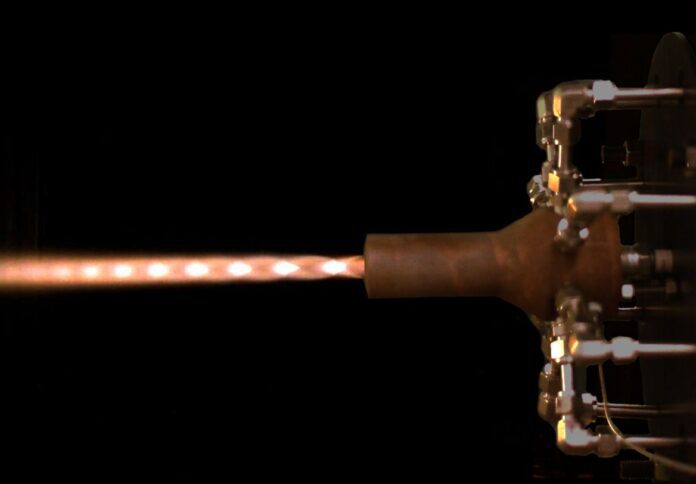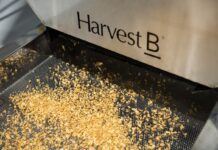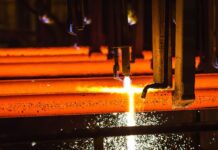
Additive manufacturing company SPEE3D has successfully completed the first hot fire test for a prototype rocket engine in Darwin as part of its SPACE3D Project.
The SPACE3D project seeks to revolutionise the space industry, all while supporting the local economy and creating more jobs in the Northern Territory.
The prototype is the first in a series of rocket engines and components that will be manufactured and tested over the next 18 months.
The engine utilises SPEE3D’s cold spray metal printing technology and other emerging manufacturing processes designed to deliver reusable rocket engines within lead times and costs that are significantly lower compared to using more traditional technologies.
In 2021, SPEE3D received $1.25 million in grant funding from the federal government’s and an additional $312,000 from the Northern Territory Government to support the SPACE3D project.
“By developing the local space industry, we are creating more employment opportunities for innovative Territorians and expanding our advanced manufacturing capabilities. The Territory is the place to do business, we back ambitious projects to create more jobs and a stronger future.” Minister for Advanced Manufacturing Nicole Manison said.
The company also accepted in-kind support from Charles Darwin University and RMIT University. Modern Manufacturing Initiative
Gary Owen, chief space officer for SPEE3D’s SPACE3D Program, said the company’s proprietary cold spray technology enables new ways to design and manufacture demanding space components “potentially more rapidly and at lower cost than incumbent technologies.”
“Our design, manufacturing and test expertise, once proven by events such as successful rocket engine hot fire tests, will position us well to play an important role in the rapidly expanding space industry,” Owen said in the company’s update.
SPEE3D’s patented technology does not rely on helium or other gasses, unlike other large additive manufacturing printers.
Additionally, the solution does not require the melting of metals to produce parts from over 12 material sets including copper, stainless steel, titanium, high-strength aluminium and nickel-based carbines.
“Our unique, patented technology is 1000 times faster than traditional 3D metal printing methods and enables the world’s most affordable additive manufacturing process to produce industrial quality metal parts from anywhere in just minutes,” the company said.



















